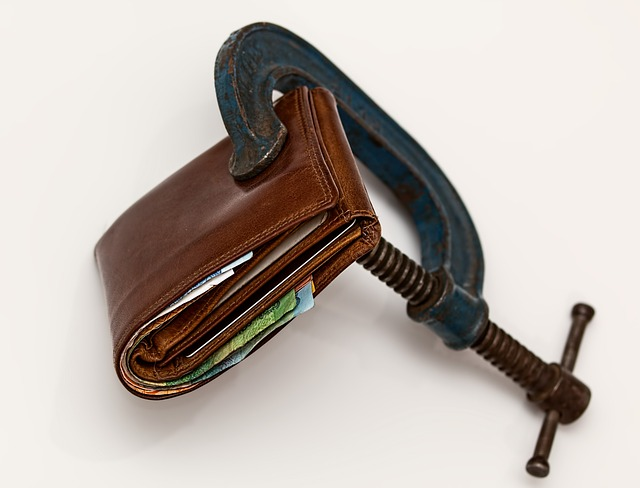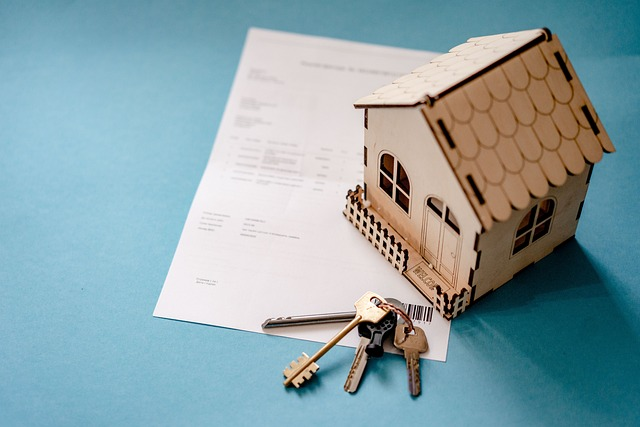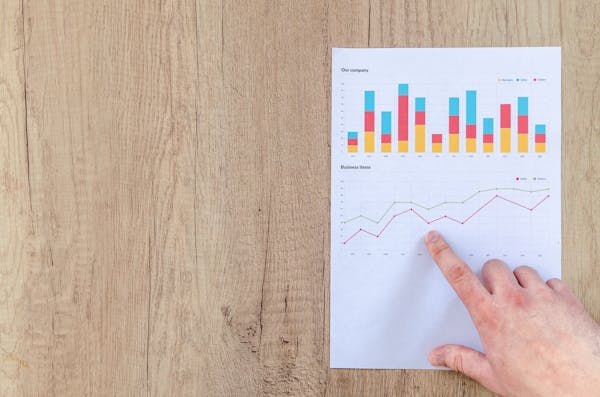Are you overwhelmed by mounting debts from credit cards, personal loans, medical bills, or student loans? You’re not alone; many of our customers’ UnitedFN reviews have a similar background story.
It’s not uncommon for individuals and small business owners to find themselves struggling to manage multiple payment deadlines, high interest rates, and numerous creditors.
Luckily, there’s a solution that can provide relief and put you on the path to becoming debt-free: United Financial Network’s comprehensive debt consolidation services.
We’re a leading financial services company that specializes in creating debt consolidation strategies tailored to your needs. Keep reading to find out why UnitedFN client reviews consistently name us as the best option.
UnitedFN debt consolidation programs
UnitedFN’s approach includes customized debt relief programs that suit your individual circumstances. We understand that every financial situation is unique, and a one-size-fits-all solution simply won’t suffice.
By taking the time to thoroughly analyze your income, expenses, and future goals, our team of experts crafts a personalized plan that aligns with your specific needs and aspirations.
We understand the challenges posed by various forms of debt. That’s why we offer a range of innovative programs designed to help you regain control of your finances and embrace financial freedom.
Comprehensive credit card debt relief
Credit card debt can be particularly challenging, with high-interest rates and revolving balances that seem to never diminish.
UnitedFN’s credit card debt relief program is designed to alleviate the stress associated with these burdensome balances.
Our experts work to consolidate your credit card debts, negotiate with creditors for more favorable terms, and create a manageable repayment plan that fits your budget.
Personal loan debt restructuring
UnitedFN has innovative solutions to help you regain control of personal debts.
Our strategies involve exploring alternative debt resolution methods and optimizing repayment plans to better align with your financial goals and capabilities.
We also guide you in establishing an emergency fund and reducing your reliance on loans for unexpected expenses.
Cash-out mortgage refinancing solutions
UnitedFN offers cash-out mortgage refinancing options for homeowners seeking financial flexibility.
Our skilled team assists you in leveraging the equity in your property to secure funds for financial endeavors like debt consolidation, home improvements, or investments.
We aim for competitive interest rates and tax-efficient solutions tailored to your unique needs.
Medical debt relief programs
Unforeseen medical expenses can derail even the most carefully planned budget.
UnitedFN understands the strain caused by medical debt and provides comprehensive medical debt relief programs to alleviate this financial burden.
From debt consolidation and interest rate reduction to financial counseling and customized repayment plans, our approach ensures a sustainable path to financial freedom.
Small business debt relief programs
As a small business owner, you face unique challenges when it comes to managing debt.
UnitedFN’s specialized team possesses in-depth knowledge of small business debt relief programs. We offer tailored solutions that address your company’s specific financial hurdles.
From negotiating with creditors to providing financial education and planning, we’re committed to fostering your brand’s long-term success.
Student loan debt relief programs
The burden of private student loan debt can cast a shadow over your financial well-being and personal growth.
UnitedFN’s student loan debt relief programs are designed to illuminate the path to financial freedom.
Our experts explore all avenues, including income-driven repayment plans, loan forgiveness navigation, and emergency relief fund access. We aim to ease the strain of student loan debt and empower you to make informed financial decisions.

Why you should choose UnitedFN for your debt consolidation needs
Wondering why you should partner with United Financial Network? Below are a few of the main reasons our clients choose to work with us.
Personalized approach
UnitedFN’s unwavering commitment to personalized service sets us apart from the rest.
Our team takes the time to understand your unique financial situation, goals, and aspirations, crafting solutions that are tailored to your specific needs.
This personalized approach ensures that you receive the most effective and sustainable debt consolidation plan.
Expertise and proven track record
With years of experience in the financial services industry, UnitedFN boasts a wealth of knowledge and a proven track record.
We’ve successfully assisted individuals and businesses in overcoming debt challenges; and the dozens of positive UnitedFN customer reviews speak for themselves.
Our team stays up-to-date with industry trends and regulations, ensuring you receive cutting-edge solutions that address your unique financial hurdles.
Negotiation with creditors
Negotiating with creditors can be a daunting and overwhelming task, especially when you’re already dealing with the stress of debt.
UnitedFN has established relationships with major creditors and a proven track record of negotiating favorable terms on behalf of their clients.
Our expertise in this area can help you secure better interest rates, reduce or eliminate fees, and create a more manageable repayment plan.
Simplified repayment process
One of the primary benefits of debt consolidation is the ability to consolidate multiple debts into a single, more manageable payment.
UnitedFN understands the stress and confusion that comes with juggling numerous creditors, each with their own due dates and payment amounts.
By consolidating your debts, you have just one monthly payment to focus on, reducing the risk of missed payments and late fees.
Transparent communication
Transparency is a core value at UnitedFN. We prioritize open and clear communication throughout the entire debt consolidation process, keeping you informed at every step.
This approach empowers you with the knowledge and understanding needed to make informed decisions about your financial future.
Legal support and protection
UnitedFN understands the stress and potential legal implications that can arise from aggressive debt collection tactics.
Our team provides legal support and protection. We ensure your rights are upheld and shield you from undue pressure during the debt relief process.
Comprehensive financial education and counseling
UnitedFN goes beyond immediate debt consolidation by offering valuable financial education and counseling services.
Our goal is to equip you with the tools and knowledge necessary to make sound financial decisions and prevent future debt challenges. This, in turn, enables you to maintain long-term financial stability.
UnitedFN client reviews and testimonials
Do you want cold, hard proof that our approach works? The best way is to check out our customer reviews. Here are some UnitedFN client testimonials that show our commitment to providing excellent services.
“Loan process was smooth and sweet. Konrad guided me the entire way and explained every single question I had (and trust me, there were many). He even kept in touch with me for a few weeks after everything was authorized. Highly recommend them in general, and for the easiest route, speak with Konrad.” – Brenda Grisby.
“I never thought I could get out of this hole. They gained my trust from day 1.” – Andrew J.
“This gave me so much breathing room for actually living. Credit cards and student loans can weigh you down very fast.” Melissa A.
“As a business owner, managing debt is crucial. United Financial Network provided invaluable support in navigating and restructuring my business debt. Their financial expertise and tailored solutions played a pivotal role in helping my business thrive despite economic challenges. UnitedFN is a trusted partner in business financial management.” – Anonymous.

Choose UnitedFN and look forward to a better financial future
Are you ready to take control of your debts and embark on a journey towards financial freedom? Look no further than UnitedFN.
With our personalized approach, comprehensive services, and unwavering commitment to client success, we’re the trusted partner you need to achieve lasting debt relief.
Our team of experts is dedicated to guiding you through every stage of the debt consolidation process. We provide the support, resources, and customized solutions you need to regain your financial stability and peace of mind.
Don’t let the burden of multiple debts weigh you down any longer. Contact United Financial Network today and take the first step towards a brighter financial future.

































